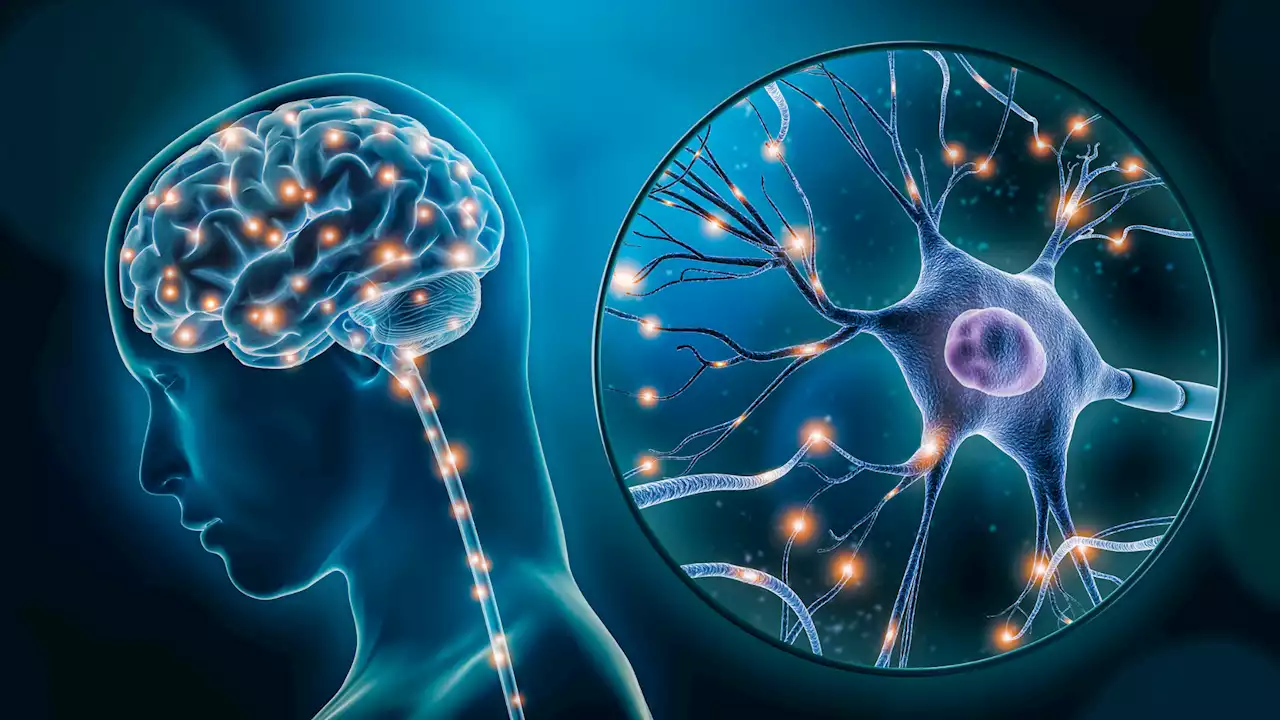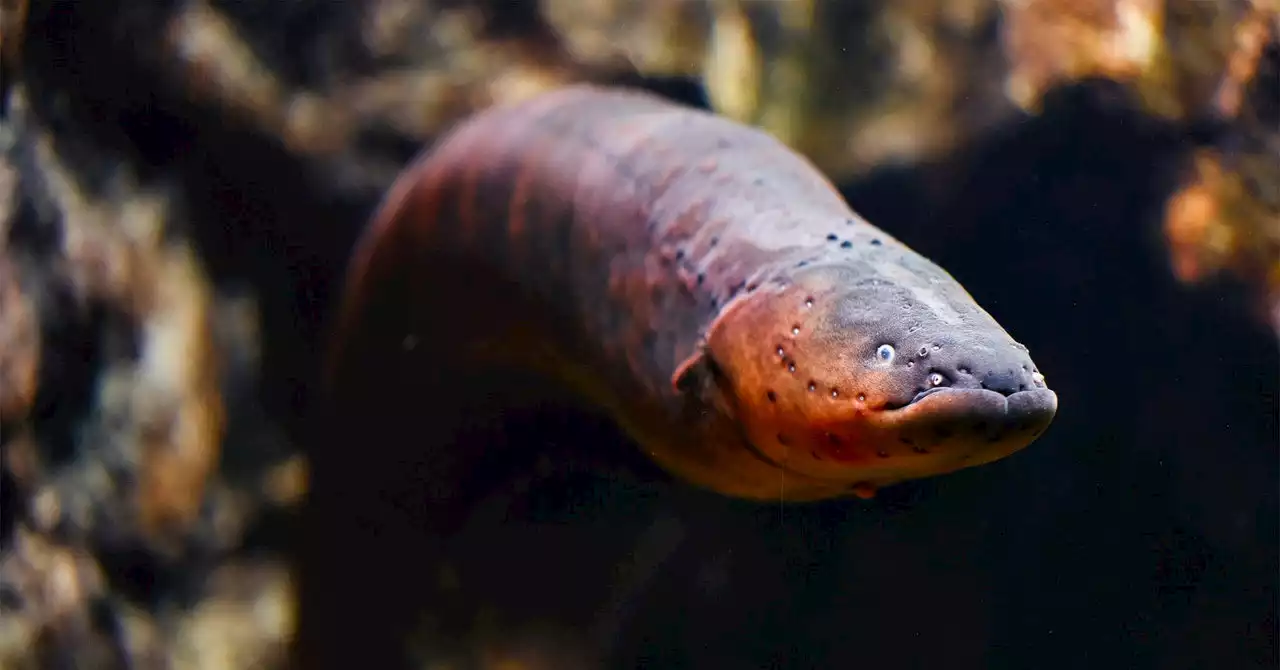What distinguishes the human brain from that of all other animals — including even our closest primate relatives? Yale researchers identified species-specific — particularly human-specific — features in an analysis of cell types in the prefrontal cortex of four primate species. They reported their f
What they found that makes us human may also make us susceptible to neuropsychiatric diseases.
To answer this, the scientists first asked whether there are there any cell types uniquely present in humans or other analyzed non-human primate species. After grouping cells with similar expression profiles they revealed 109 shared primate cell types. They also discovered five that were not common to all species. These included a type of microglia, or brain-specific immune cell, that was present only in humans and a second type shared by only humans and chimpanzees.
Another human-specific surprise was revealed in an analysis of gene expression in the microglia — the presence of the gene FOXP2. This discovery raised great interest among researchers because variants of FOXP2 have been linked to verbal dyspraxia, a condition in which patients have difficulty producing language or speech. Other research has also shown that FOXP2 is associated with other neuropsychiatric diseases, such as autism, schizophrenia, and epilepsy.
United States Latest News, United States Headlines
Similar News:You can also read news stories similar to this one that we have collected from other news sources.
 What Are the Side Effects of Paxlovid? Here's What to Know About the Antiviral DrugAs Paxlovid remains as one of the few treatments currently available to fight COVID-19, interest in the antiviral drug continues to grow, with heavy heed to its side effects. Most people who take the medication do not experience serious side effects, according to Yale Medicine, but several common ones have been noted. Muscle aches, high blood pressure and diarrhea are possible…
What Are the Side Effects of Paxlovid? Here's What to Know About the Antiviral DrugAs Paxlovid remains as one of the few treatments currently available to fight COVID-19, interest in the antiviral drug continues to grow, with heavy heed to its side effects. Most people who take the medication do not experience serious side effects, according to Yale Medicine, but several common ones have been noted. Muscle aches, high blood pressure and diarrhea are possible…
Read more »
![]() Scientists Say the Universe Itself May Be 'Pixelated'Here's a brain teaser for you: scientists are suggesting spacetime may be made out of individual 'spacetime pixels' instead of being smooth and continuous.
Scientists Say the Universe Itself May Be 'Pixelated'Here's a brain teaser for you: scientists are suggesting spacetime may be made out of individual 'spacetime pixels' instead of being smooth and continuous.
Read more »
 Your brain and fat are communicating with each other, scientists discoverA new study led by Scripps Research shows that there is a pathway between fat and the brain.
Your brain and fat are communicating with each other, scientists discoverA new study led by Scripps Research shows that there is a pathway between fat and the brain.
Read more »
 Who has the highest risk of long COVID? It’s complicated“There are a variety of different kinds of ways that people can have long COVID. It’s not just the one thing. That’s what makes it so hard to study.”
Who has the highest risk of long COVID? It’s complicated“There are a variety of different kinds of ways that people can have long COVID. It’s not just the one thing. That’s what makes it so hard to study.”
Read more »
 Electric Fish Genomes Reveal How Evolution Repeats ItselfThe electric eel is one of several species of fish in South America that generate electricity to navigate, communicate, hunt or defend themselves and fish in Africa independently evolved electric organs that are strikingly similar. Via QuantaMagazine
Electric Fish Genomes Reveal How Evolution Repeats ItselfThe electric eel is one of several species of fish in South America that generate electricity to navigate, communicate, hunt or defend themselves and fish in Africa independently evolved electric organs that are strikingly similar. Via QuantaMagazine
Read more »
